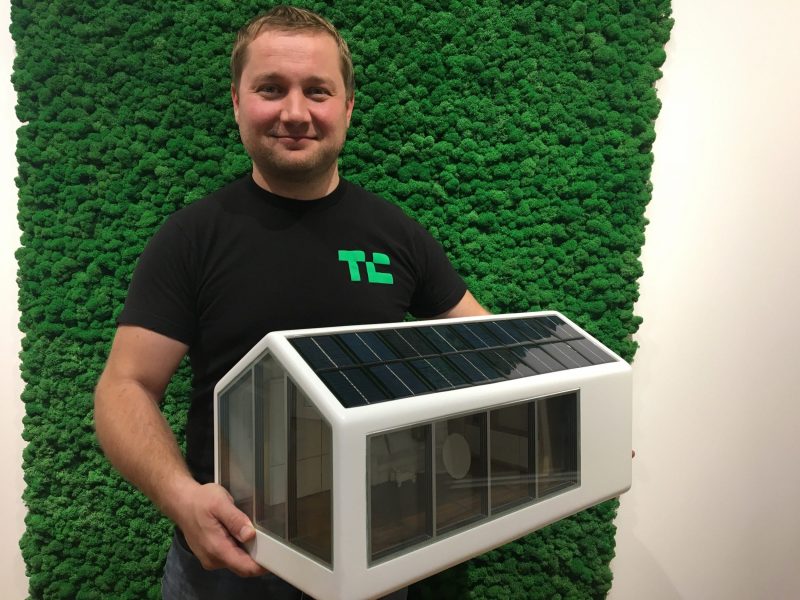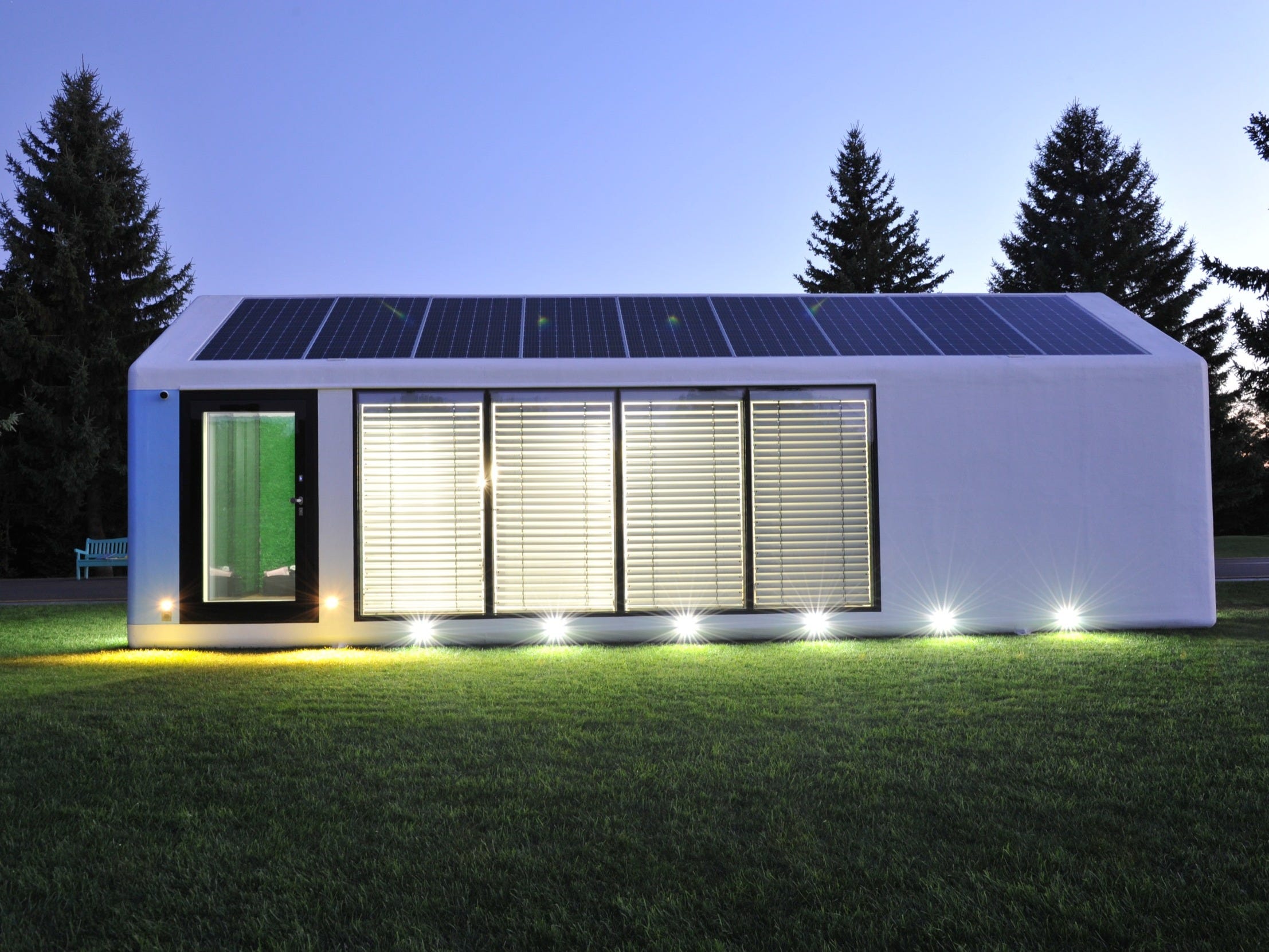- Haus makes self-sustaining, 3D printed smart homes.
- The house can go on any flat piece of land, with no utility hookups necessary.
- Haus says its homes are “zombie proof,” and anti-viral and anti-bacterial.
- Visit Business Insider’s homepage for more stories.
Haus is selling homes that seem to do it all – self-sufficient smart homes that can be erected anywhere in the world, with protection against viruses.
Part of the appeal of the Haus models is the ability to live totally off the grid. The homes come move-in ready, fully furnished, with the technology to use solar energy and recycle water, no utility hookups needed. They don’t even need specialized foundations or installation processes – Haus says they can go on any flat piece of land.
The glass and sleek, white exterior look like a spaceship, with a futuristic fingerprint entry. Every aspect of the home can be controlled through an app, like temperature, humidity, and how much energy is being used. Maybe most attractive of all – Haus says that its air purifying system can protect inhabitants from 99.9% of viruses and bacteria, which could be a welcome feature in the world of the coronavirus.
Though homes aren’t scheduled to be delivered until October, there’s already clear interest. CEO Max Gerbut told Business Insider that the company already has more than 19,000 buyer requests, with 40 preorders, all before the unit was officially presented in public. Haus will unveil its first units in September, and interested buyers can “test drive” a unit to see the smart home in action.
Here's how it works.
The house starts with a 3D printed frame.
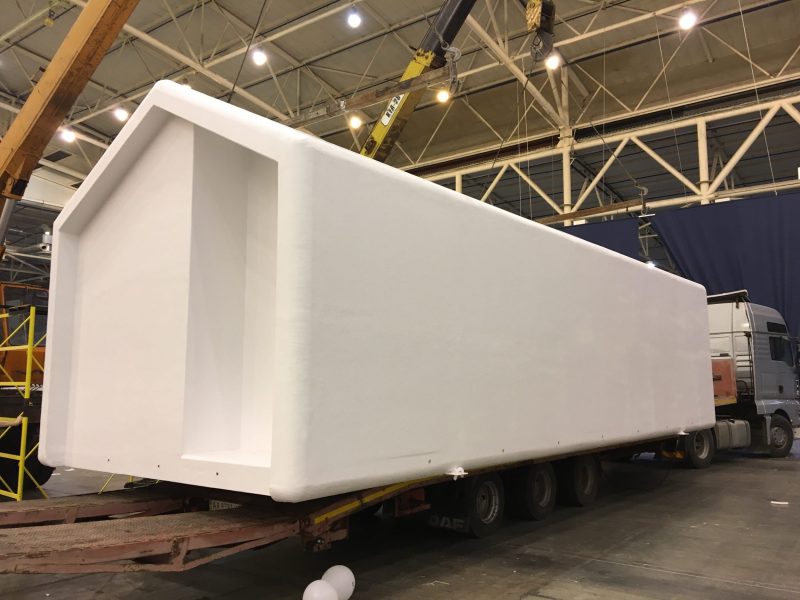
The exterior is made of carbon fiber, polymers, and guarded glass panes.
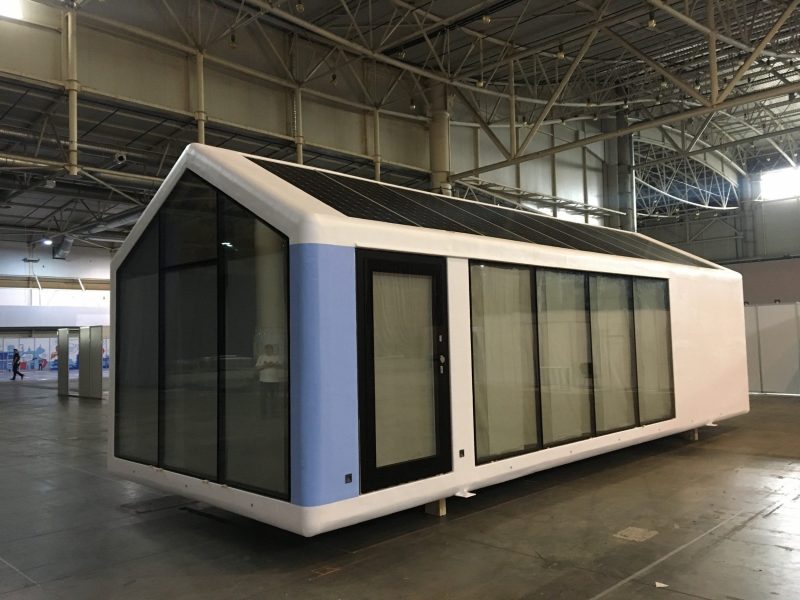
Haus says the 3D polymer frame can withstand hurricanes and earthquakes.
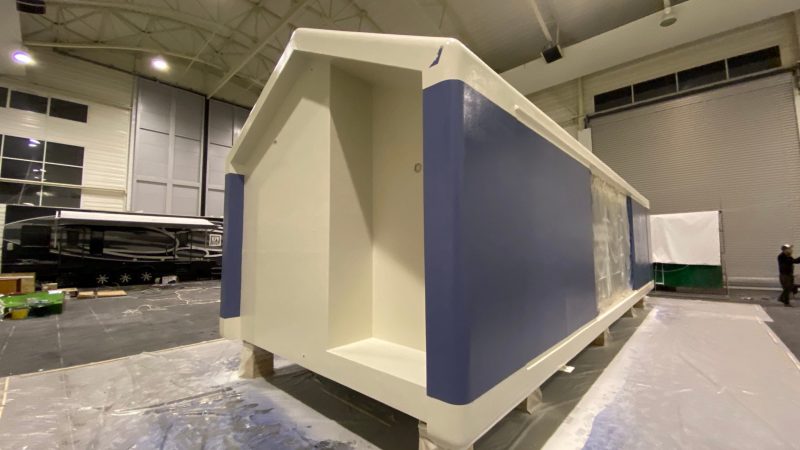
The houses are completely prefabricated, so they are delivered ready to move into.

The Haus comes with a water tank, solar energy battery storage, and autonomous sewage, so the structure can be set up on any flat piece of land.

Haus says its homes are equipped for at least 365 days of autonomous living at a time before needing maintenance and filters replaced.
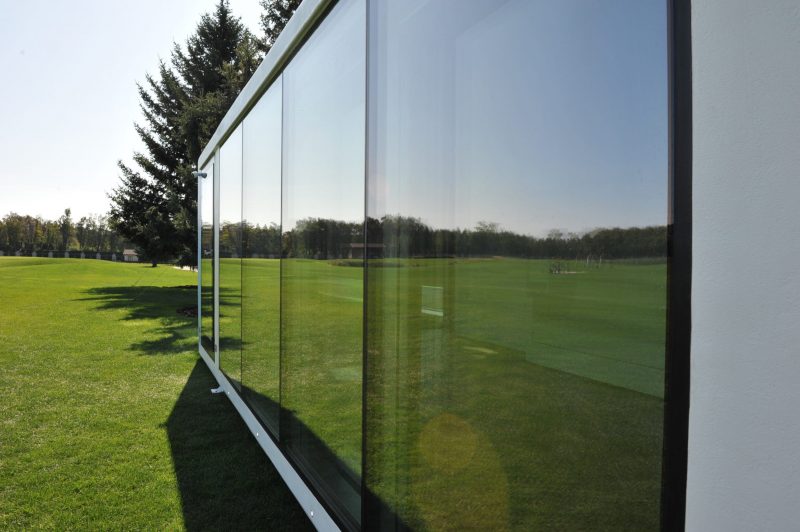
mOne, the smallest model from Haus, is a 400 square-foot studio.
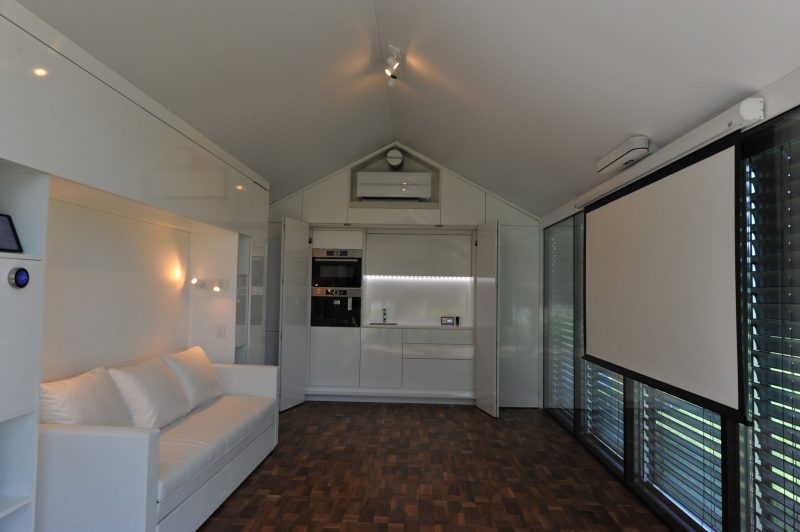
Haus says it is "perfect for two inhabitants."
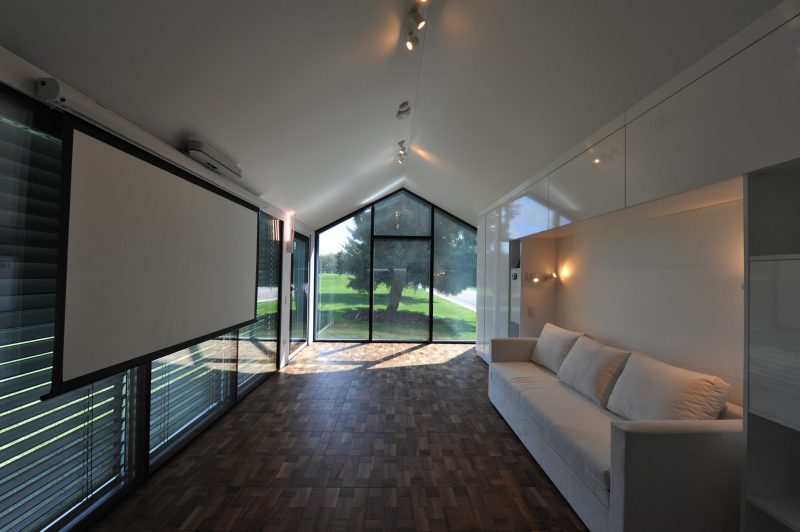
Everything inside, including furniture and appliances and even wine glasses, is packed and ready upon delivery.
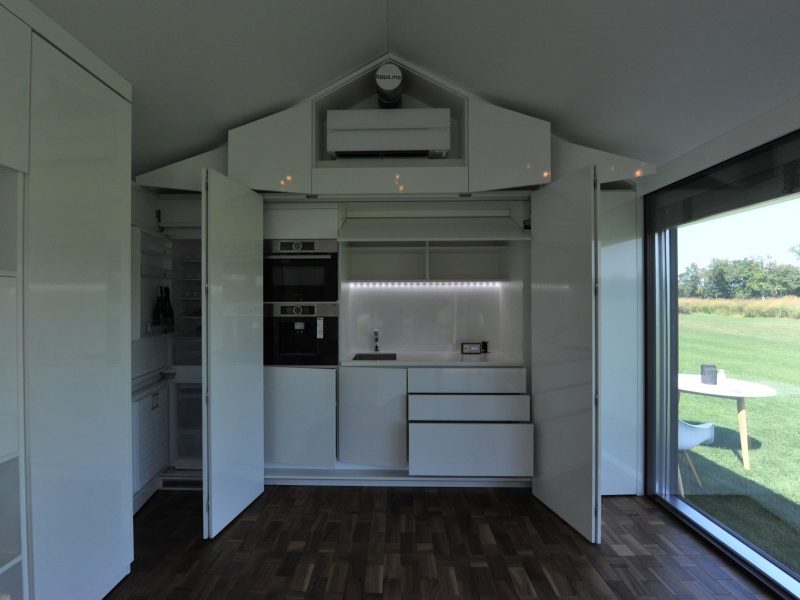
Buyers can customize color, appliances, and decor on their unit.
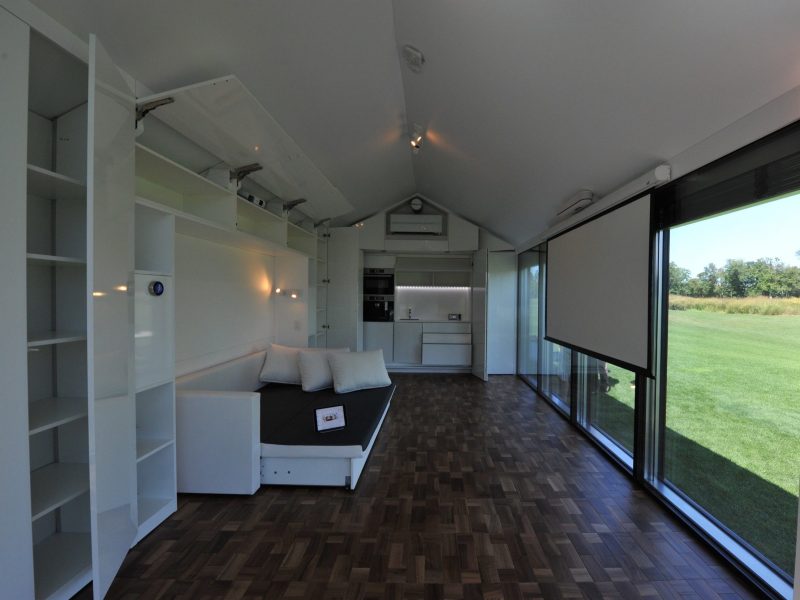
Personalized units take about seven weeks to be manufactured, then another two to three weeks for delivery throughout the US.
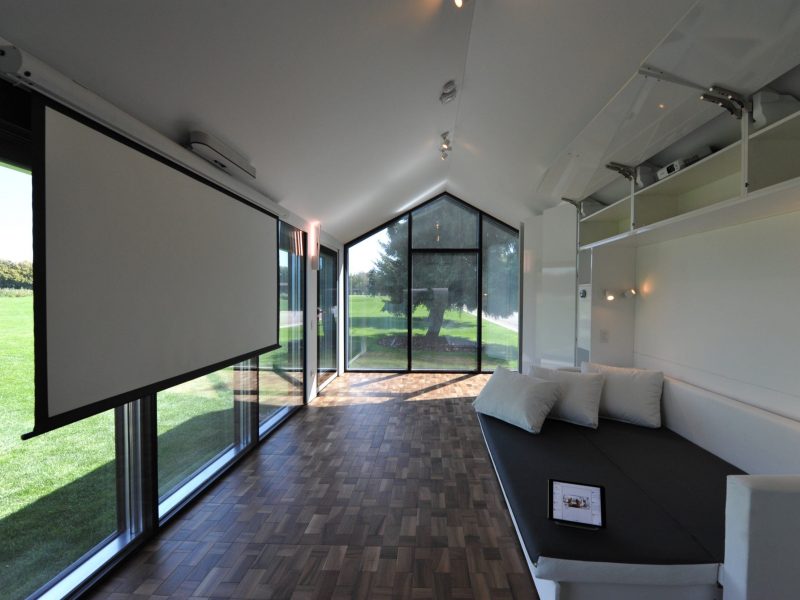
The small studio is designed with built-in furniture that uses the space efficiently.
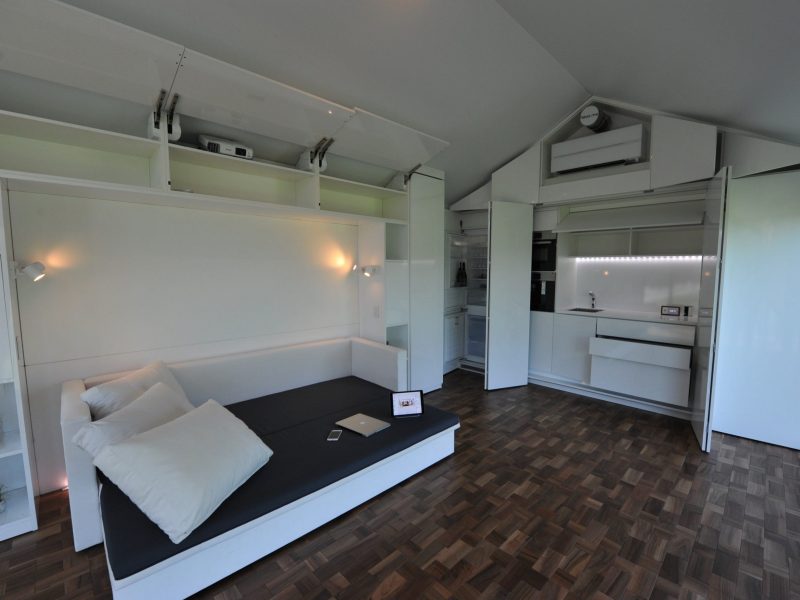
For example, the couch folds out into a bed, and is surrounded by built-in storage shelves.
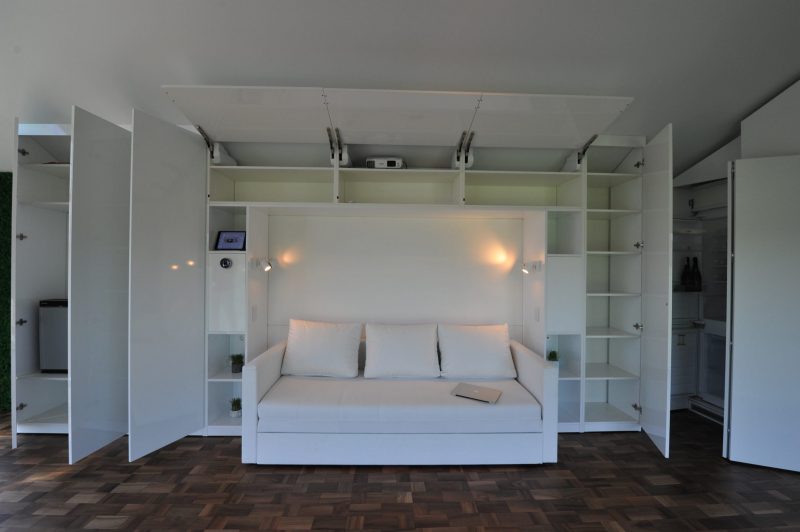
Though utility hookups can be added, Haus can potentially be powered only by solar energy, with a battery that has storage to power the house for a week.
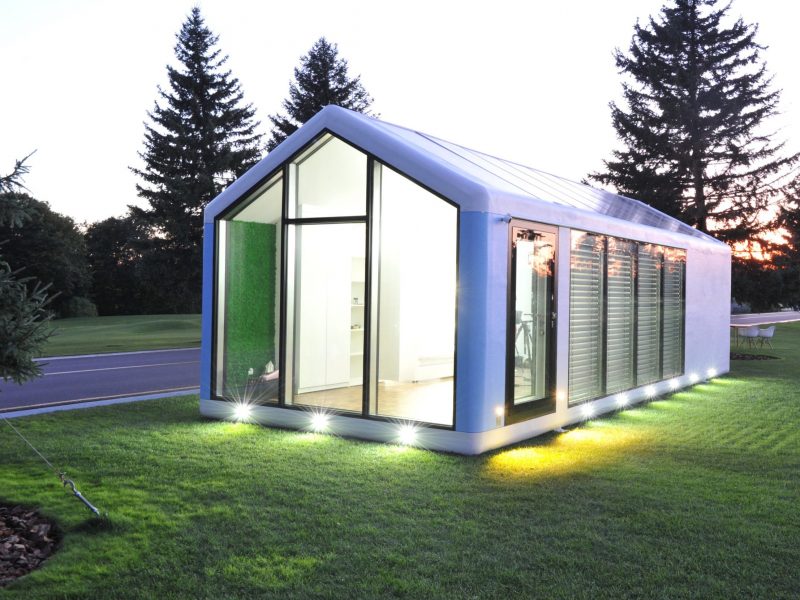
In disasters or unusually bad weather conditions, the home will automatically switch to low energy consumption mode to conserve power.
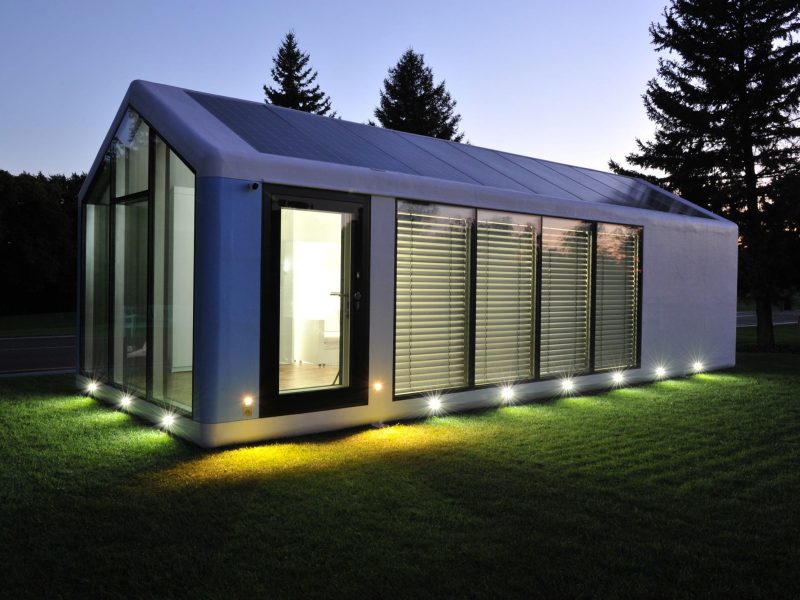
Haus is covered in windows, but the company says "they are virtually unbreakable (bullets excluded.)" Haus even says it is "secure from zombies."
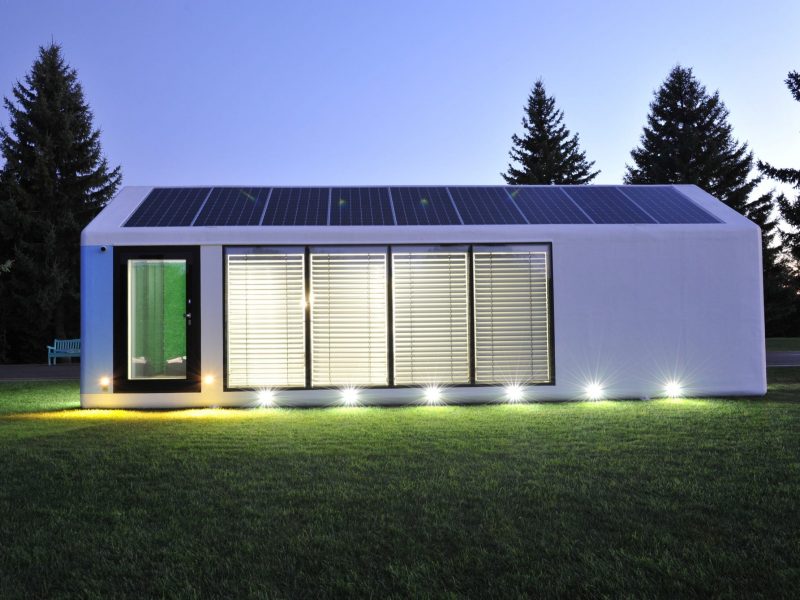
Other safety measures are part of the smart home features, which can be controlled on the owner's phone.
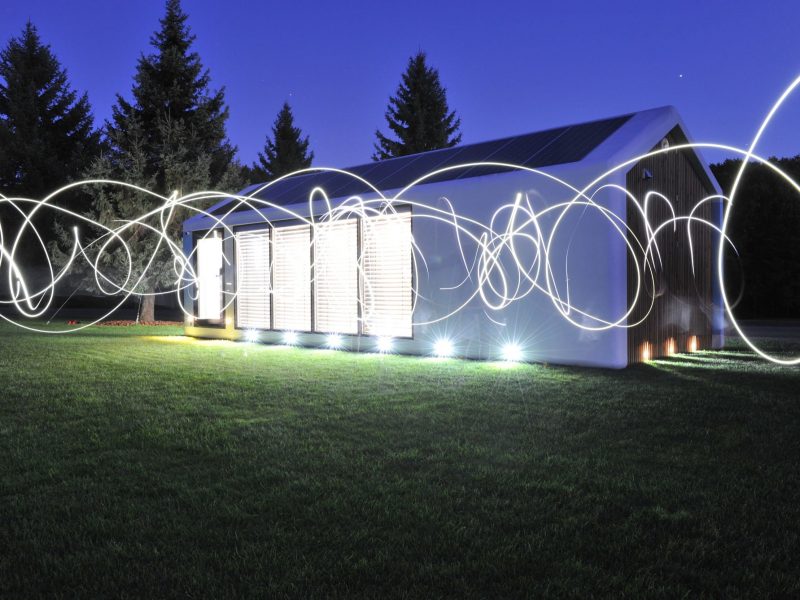
The app is the central place to monitor or change temperature, check battery power, and control security.
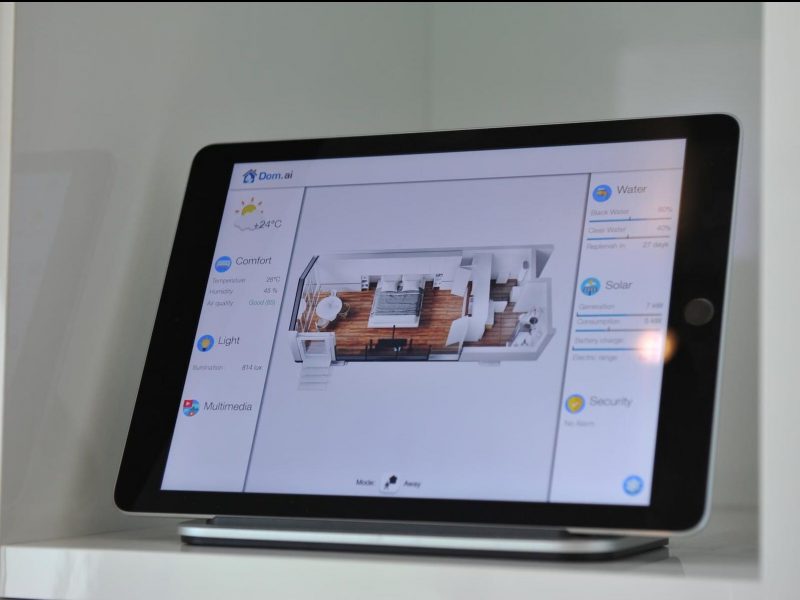
It can be unlocked by fingerprint or face recognition.
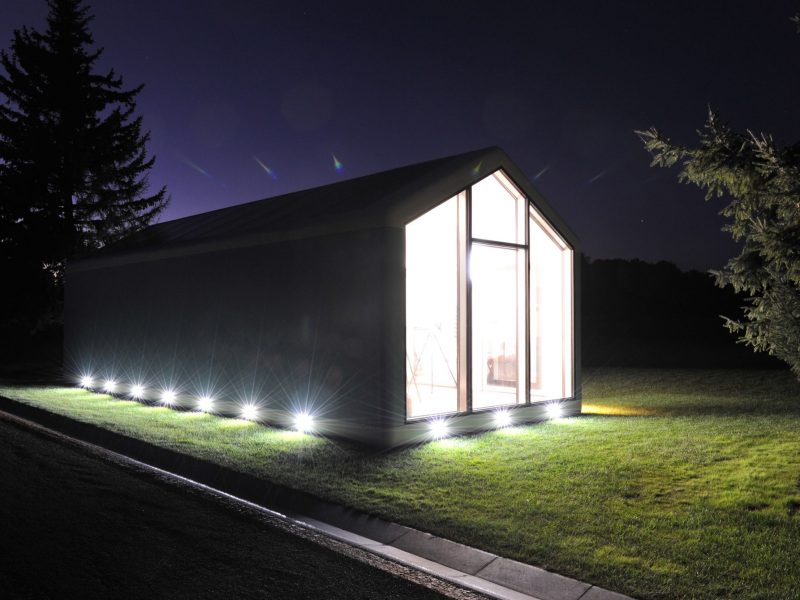
When not connected to a city water system, Haus has a water tank that can be filled from any source.
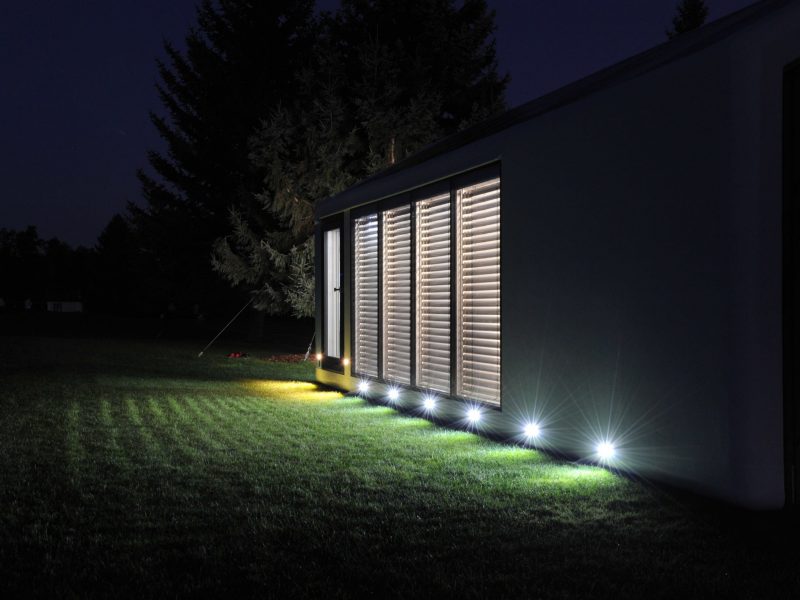
Water is purified to drinkable quality, and is 99.9% virus and bacteria free.
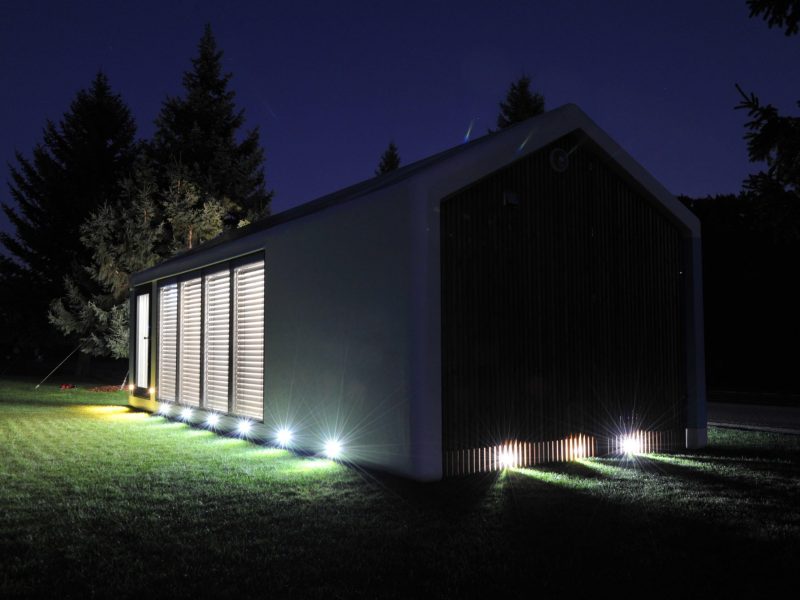
The house can even gather water from condensation in the air, if needed.
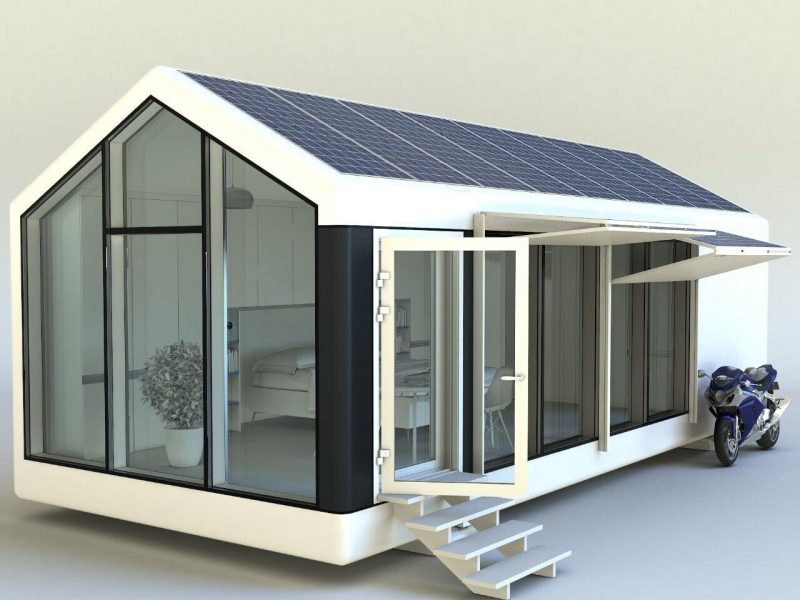
Water is then recirculated to the shower, where smart sensors dispose of dirty water and correct temperature and pressure.
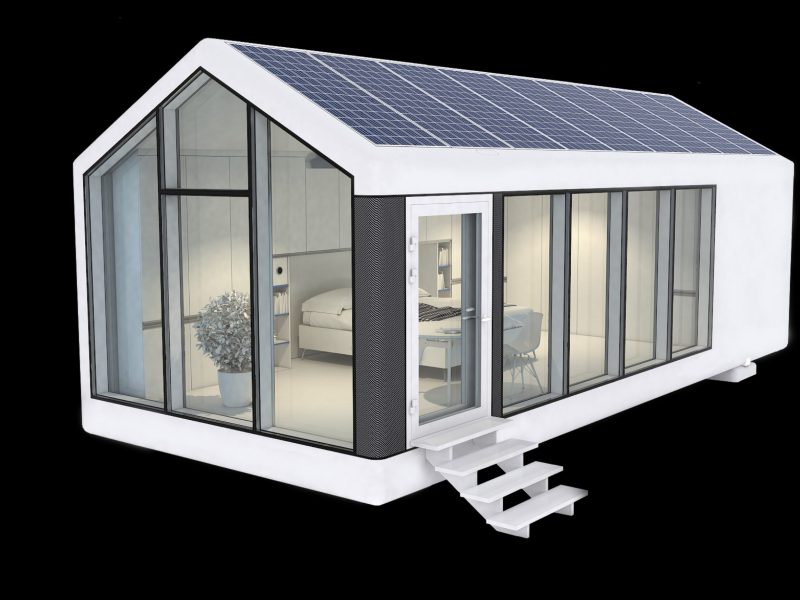
As the world adjusts to the coronavirus, protection from the virus might become a selling point for Haus.
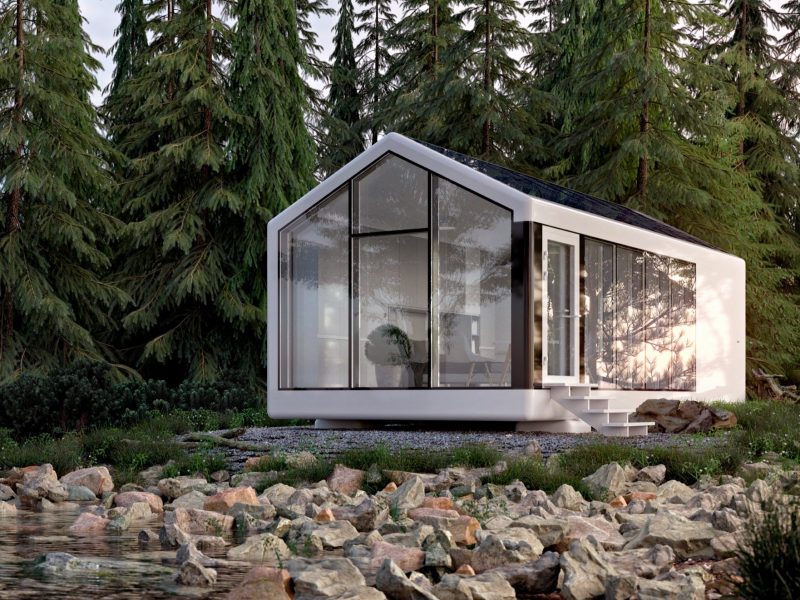
Haus smart air purification system claims that it "guarantees 99.9% protection from viruses and bacteria and makes air cleaner and more breathable."
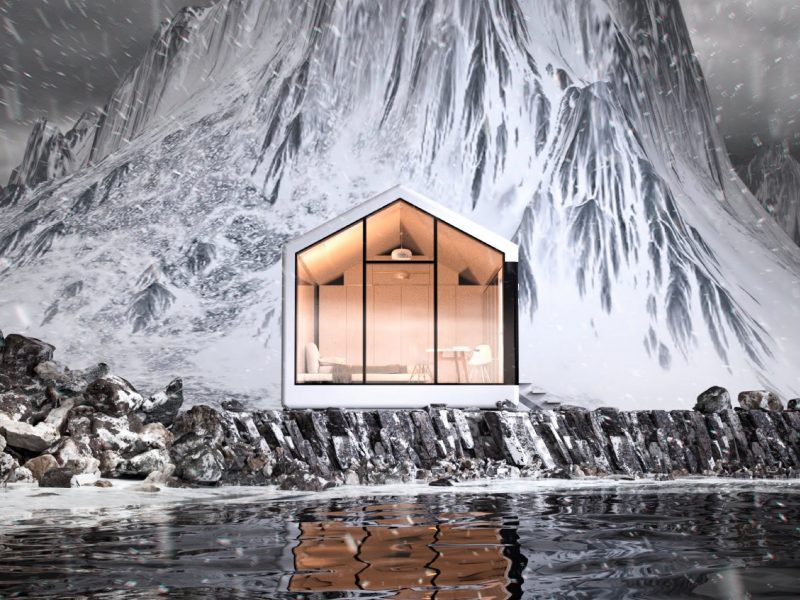
The smart home also monitors and adjusts humidity and CO2 levels, which Haus says can make the environment "of higher quality than some outside environments, even."
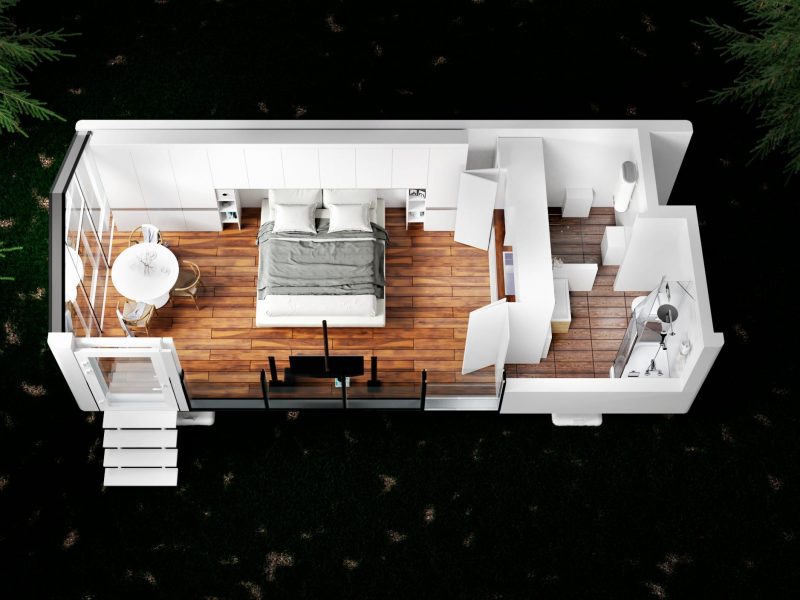
The mOne starts at $199,000, not including delivery costs.
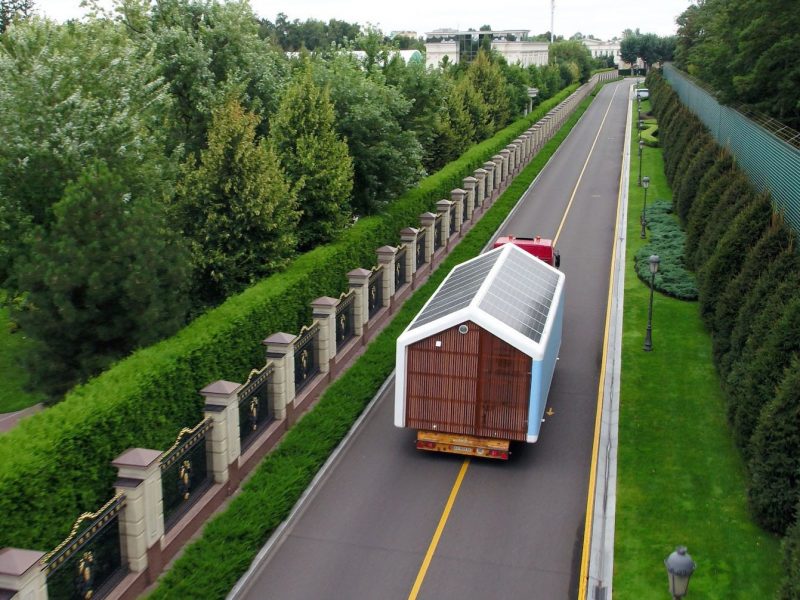
Haus has a larger smart home designed for a small family, the mTwo, at 800 square feet.
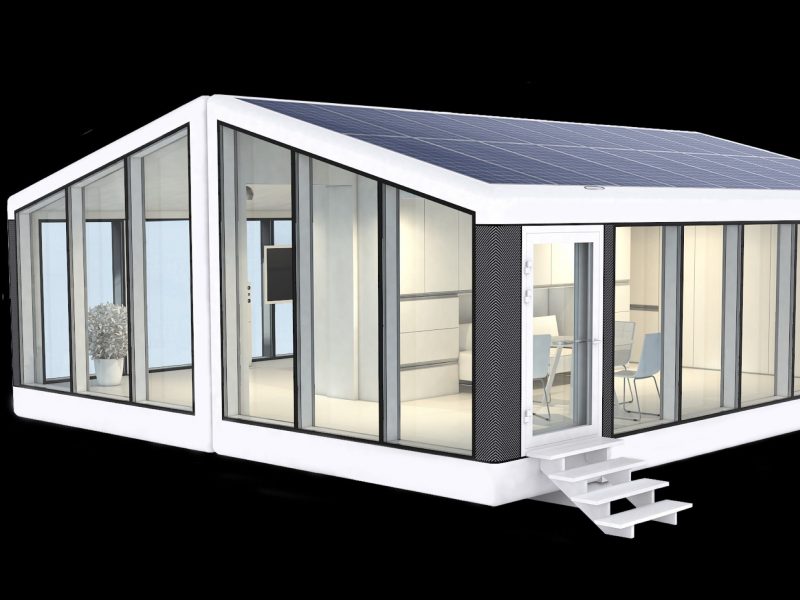
The mTwo has most of the same features as the mOne, with twice the space.
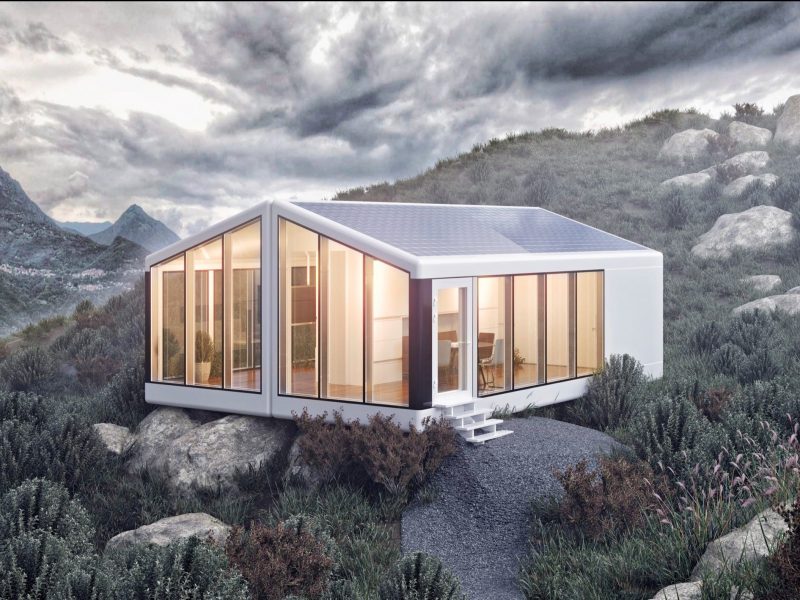
The bedroom, kitchen, and living spaces are larger to accommodate a small family.
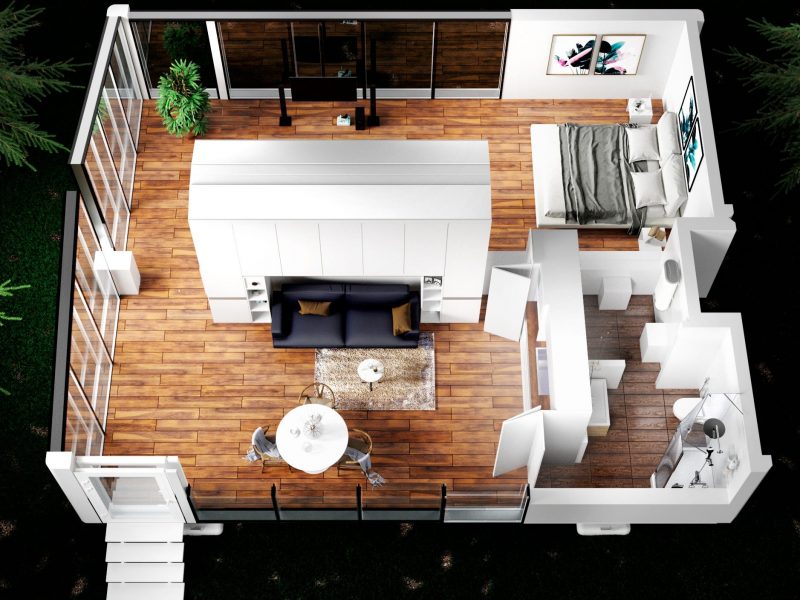
Like the mOne, the mTwo comes completely furnished, including an outdoor barbecue.
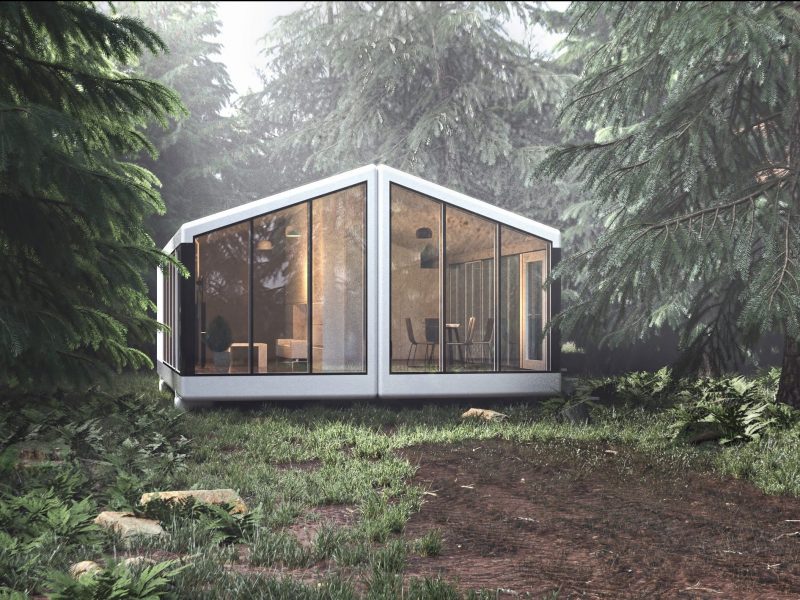
All the technology that makes the house "smart" is included, like a Sonos speaker system, Nest camera and thermostat, Apple TV, projector screen, and internet connection.

Even the fingerprint door lock is included.
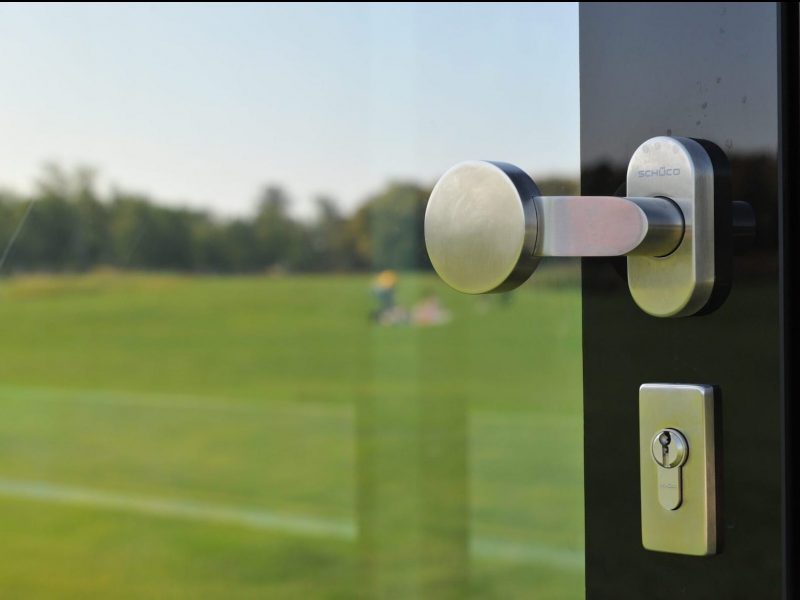
The mTwo is pricier, starting at $379,000 with higher prices based on customizations.
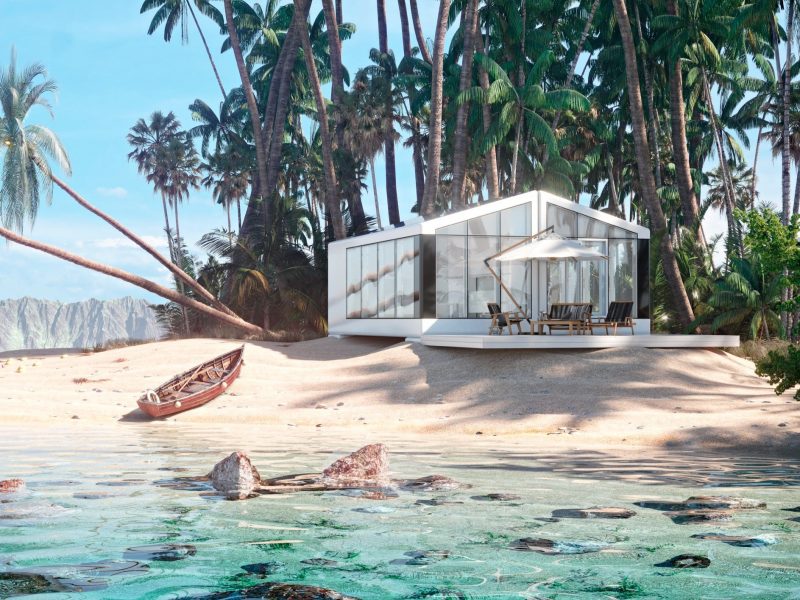
The larger mTwo is made of two prefabricated pieces that fit together.
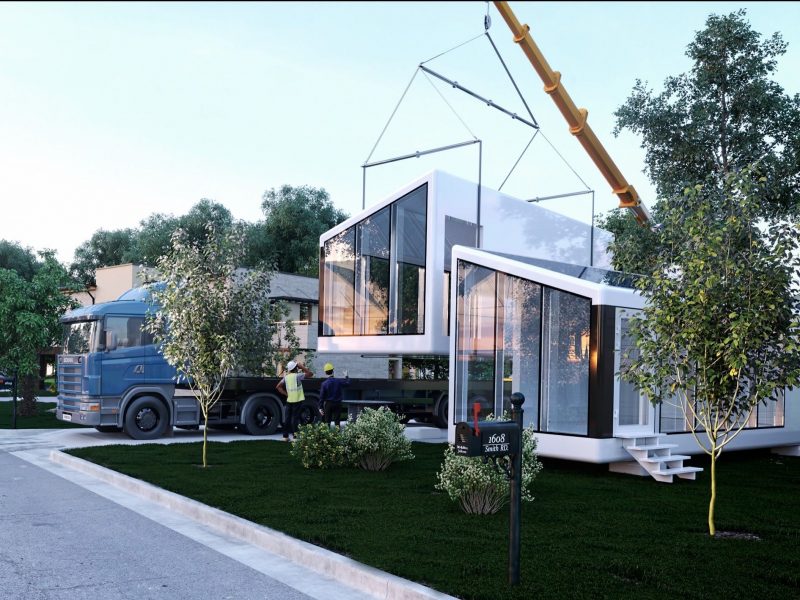
Inside, the design is still sleek and minimalist, though there's slightly more room for other furniture
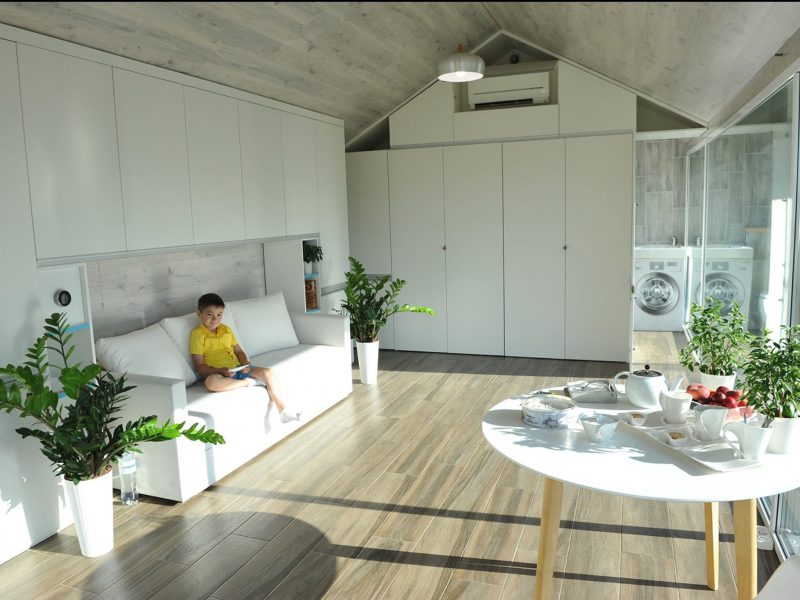
Most renderings of Haus designs place the homes in idyllic locations, like a tropical island or in the mountains.
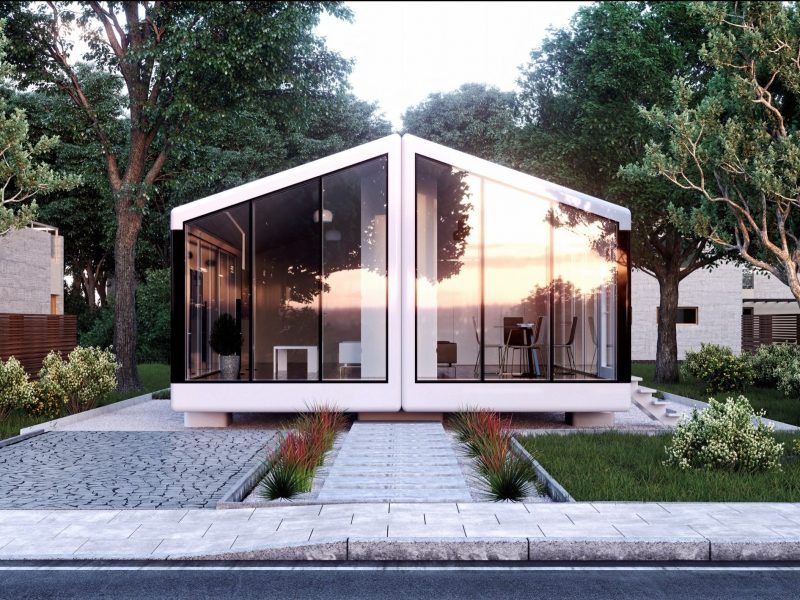
However, Haus has included a post-apocalyptic rendering as well, showing the potential of their Zombie proof claim.
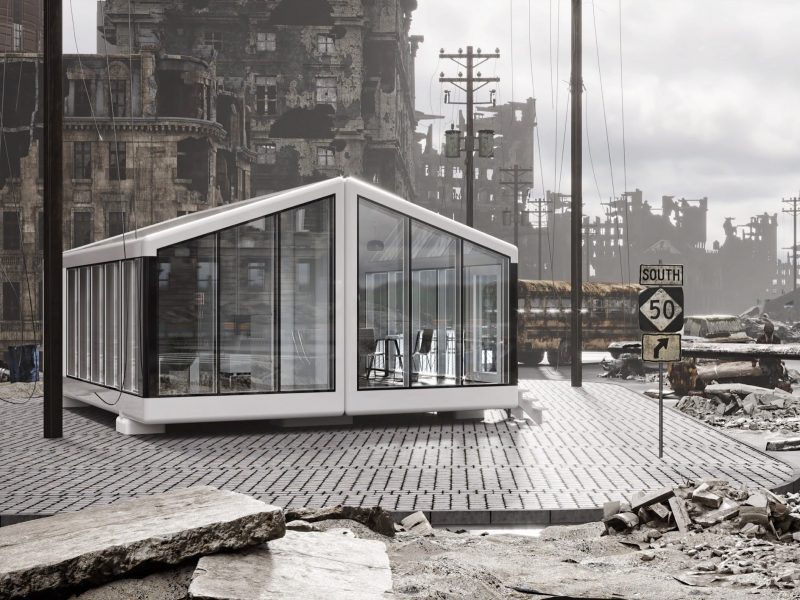
Haus' newest design is mFour, a two-story, 1600 square foot home for a large family.
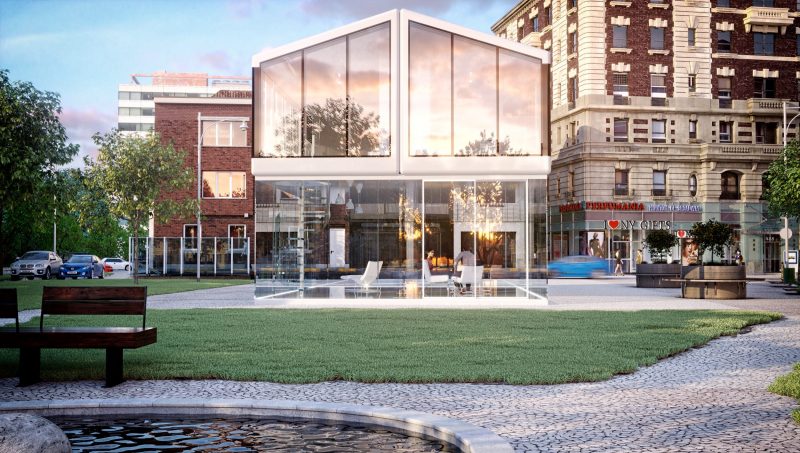
The glass building will start at $1 million, with plans to be ready by December 2020.
